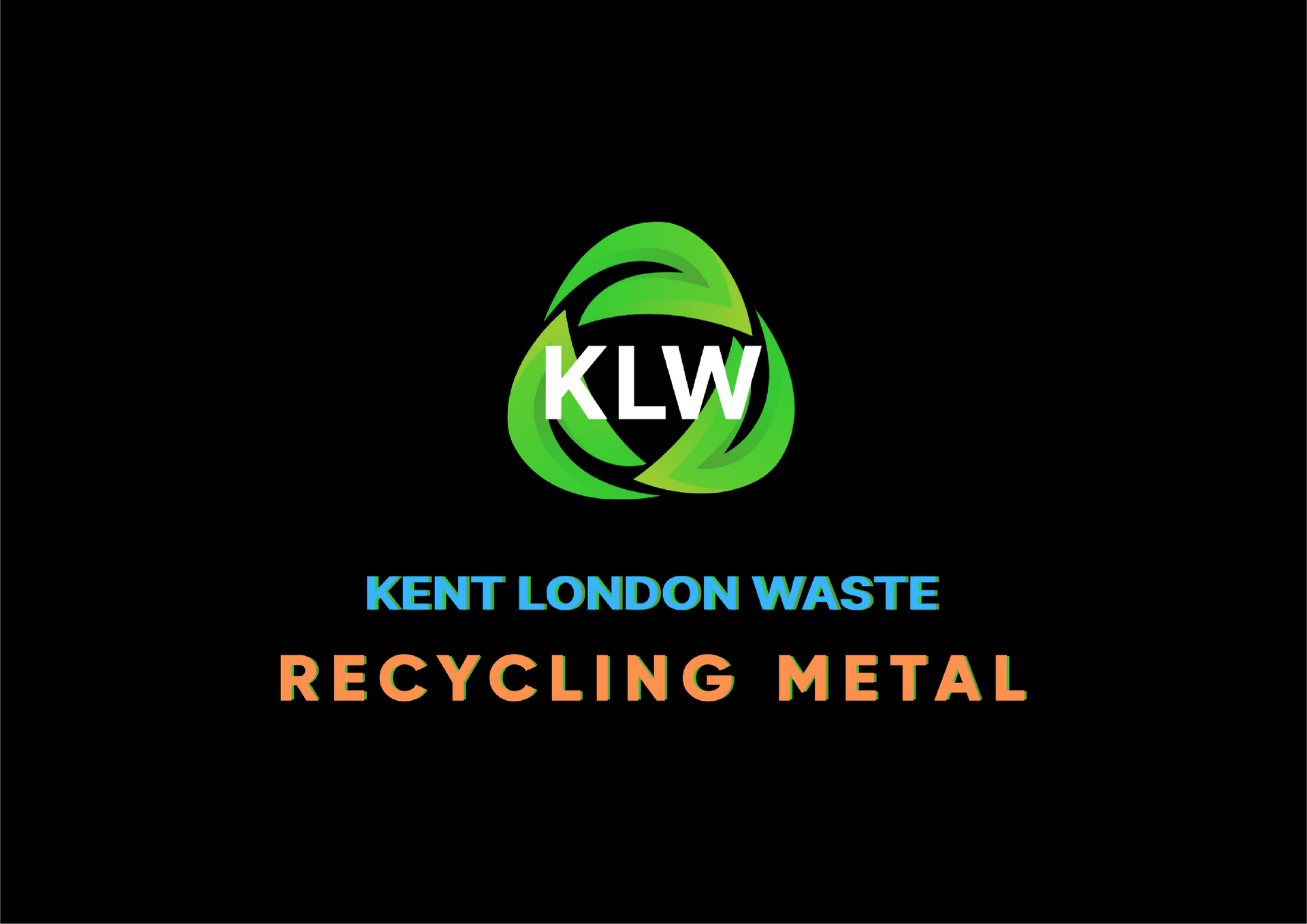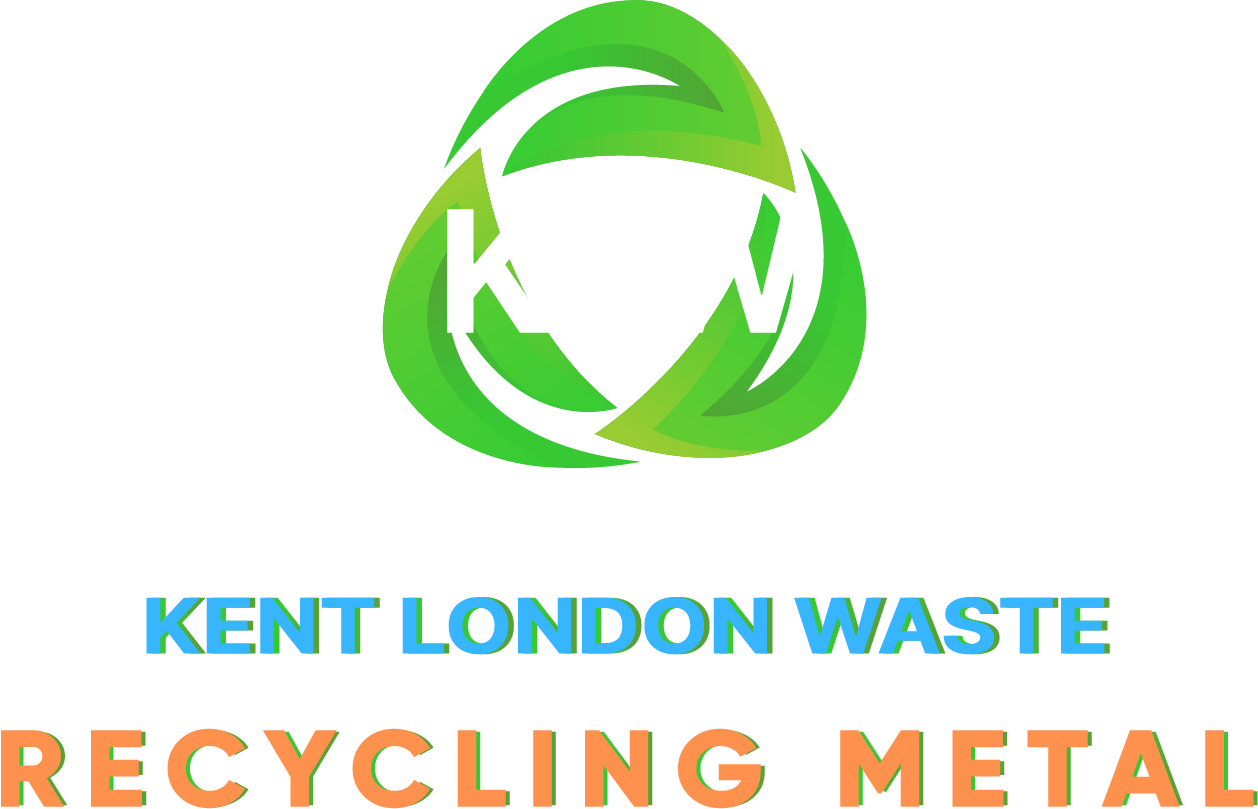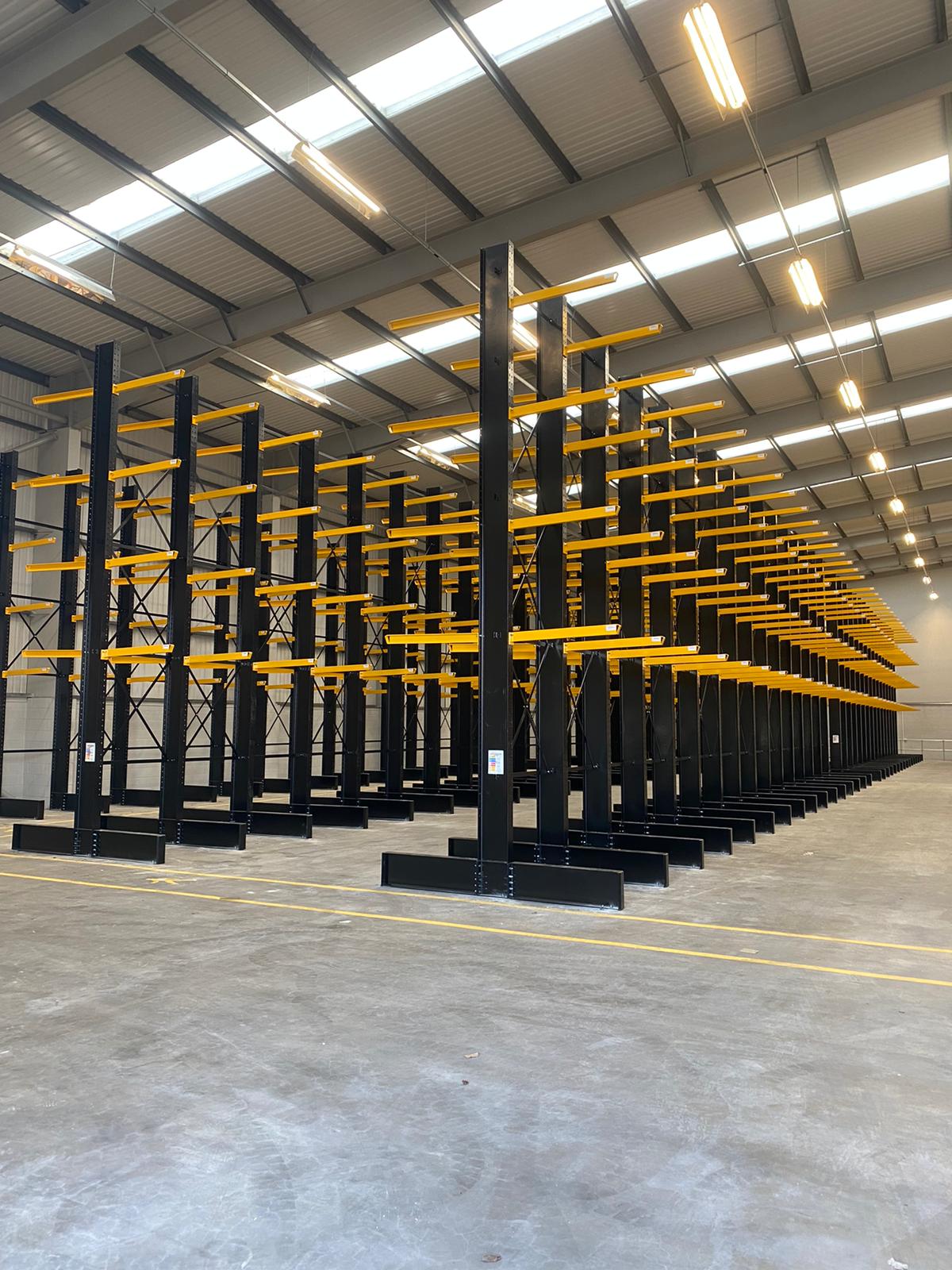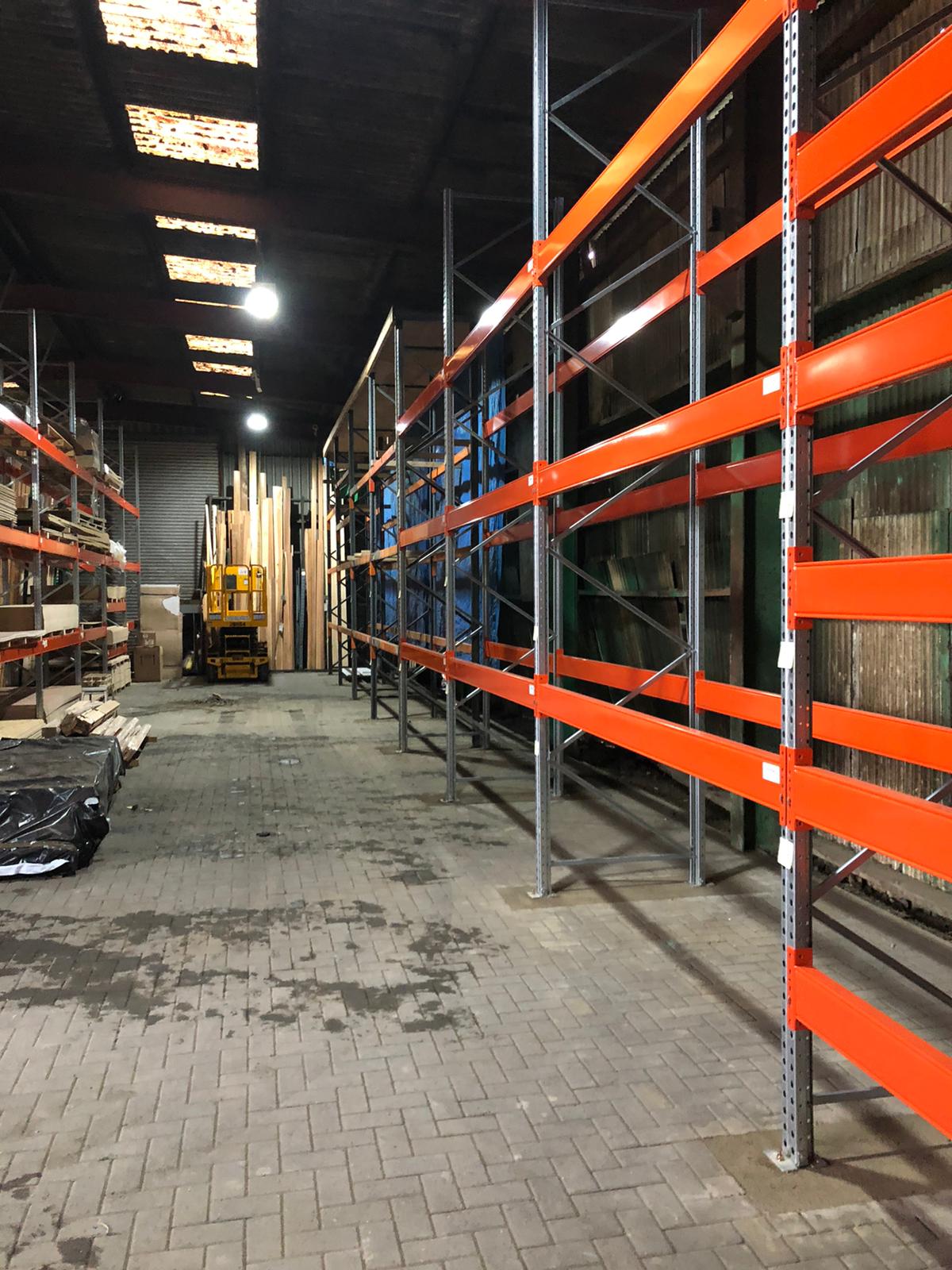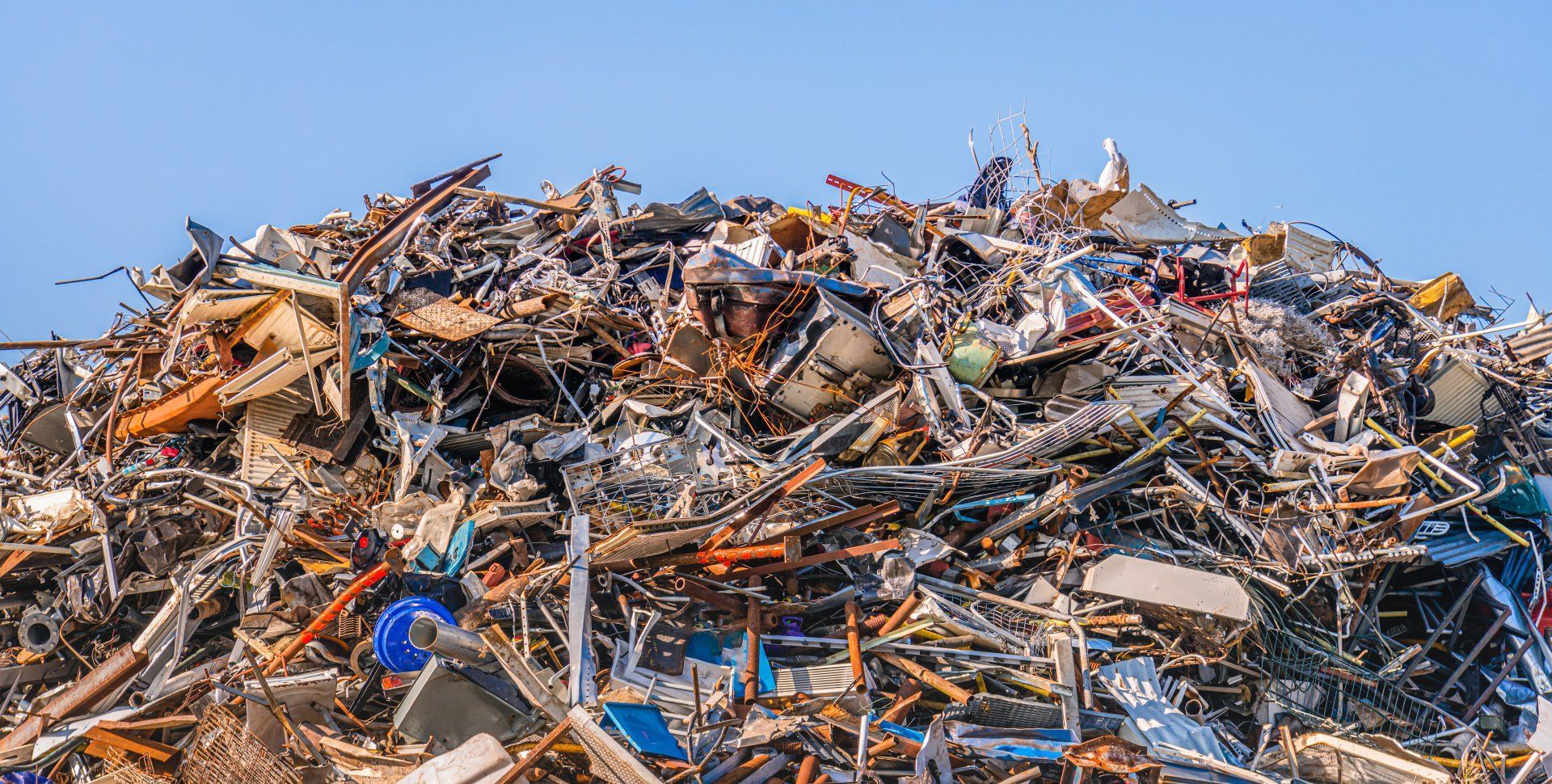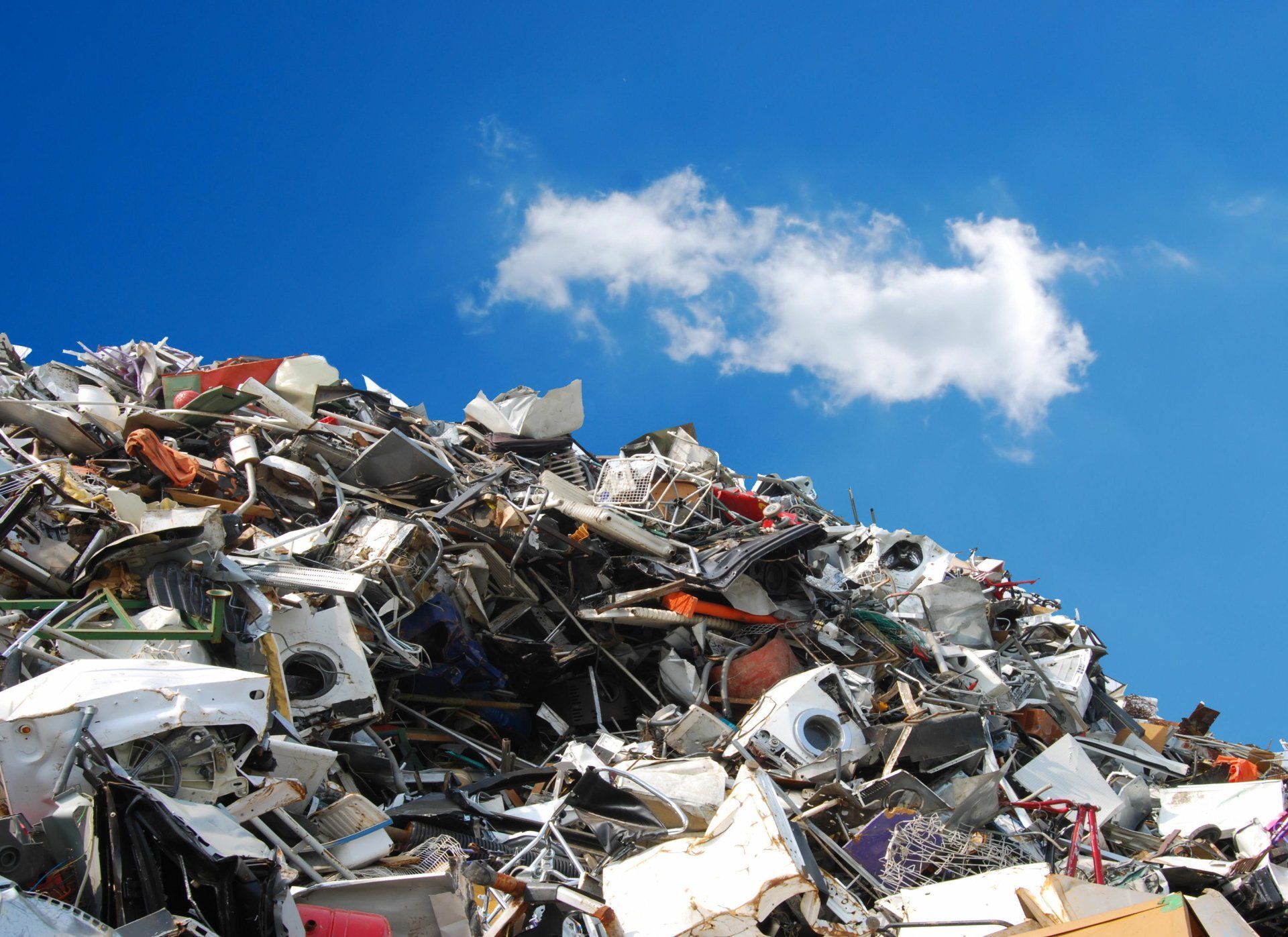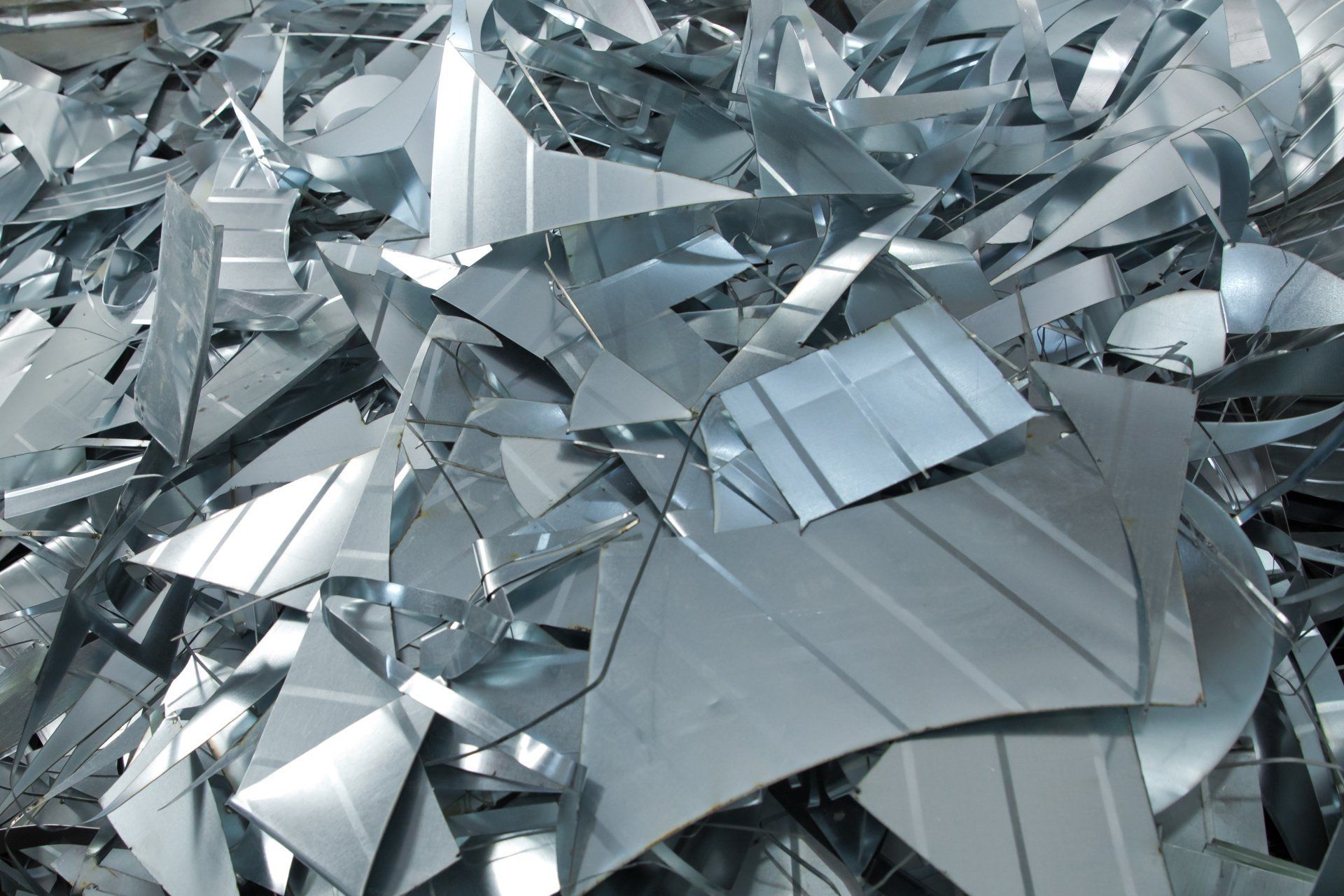September 17, 2024
Once you send off your scrap metal for recycling, it embarks on a fascinating journey that transforms it into valuable raw materials for reuse in various industries. Understanding this process sheds light on how your waste contributes to environmental sustainability and the global economy. The recycling process begins with collection. Scrap metal is gathered from various sources, such as households, businesses, and industrial sites. Whether it’s old appliances, construction materials, or discarded vehicles, this metal is carefully sorted to separate ferrous metals (like iron and steel) from non-ferrous metals (like copper, aluminium, and brass). Recycling companies use tools such as magnets to make this separation more efficient. Ferrous metals, due to their magnetic properties, are quickly separated from non-ferrous metals, which require different handling techniques. Once the metal is sorted, the next step is processing. This typically involves shredding the metal into smaller pieces, making it easier to handle and melt down. Shredding also increases the surface area of the metal, speeding up the melting process. At this stage, the scrap is cleaned of any non-metal components, such as plastic, rubber, or glass, which can reduce the quality of the final product. The shredding process ensures that each type of metal can be handled correctly for the next step in the recycling chain. The cleaned and shredded scrap metal is then melted down in large furnaces. The type of furnace and temperature used will depend on the metal being processed. For instance, aluminium has a lower melting point compared to steel, so the process is adjusted accordingly. This melting phase is energy-intensive, but it requires significantly less energy than producing new metals from raw ores. For example, recycling aluminium saves up to 95% of the energy needed to make it from virgin materials, while recycling steel saves about 60%. Once melted, the metal is purified to remove any remaining impurities that could affect its quality. Various methods are used to purify metals, including electrolysis and the use of chemical treatments. This ensures that the recycled metal meets the necessary standards for industrial use, allowing it to be as good as new in terms of quality and strength. The molten metal is then cast into specific shapes, such as ingots, sheets, or rods, depending on its intended future use. These metal forms are easier to transport and handle during the next stage, which is distribution to various industries. Recycled metals are highly sought after in construction, automotive manufacturing, packaging, and electronics, to name just a few. Aluminium, for example, is often turned into new cans or car parts, while steel is widely used in the construction of buildings and infrastructure. One of the major benefits of recycling metals is their ability to be recycled over and over again without losing quality. Unlike some other materials, metals can retain their properties throughout multiple cycles of recycling, making them incredibly valuable for long-term sustainability. This "closed-loop" system not only conserves natural resources but also reduces the need for mining and the environmental damage that comes with it. Your scrap metal, once processed and transformed, is reborn in a wide range of products. It could become part of a new car, a building structure, or even household appliances. The journey from discarded scrap to finished product is one of continuous regeneration, making metal recycling one of the most efficient and environmentally friendly processes in the recycling world. In addition to its environmental benefits, metal recycling also plays a significant role in the economy. It creates jobs in the collection, processing, and resale of materials, while also providing raw materials at lower costs than producing from virgin sources. Moreover, recycling reduces landfill waste and lowers greenhouse gas emissions, contributing to a cleaner, more sustainable planet. Ultimately, recycling your scrap metal helps close the loop in the production cycle. By giving your metal waste a second life, you’re contributing to a greener economy, reducing environmental impact, and supporting industries that rely on high-quality, recycled materials. So the next time you gather up your scrap metal, you can be confident that it will be put to good use in countless new applications.
